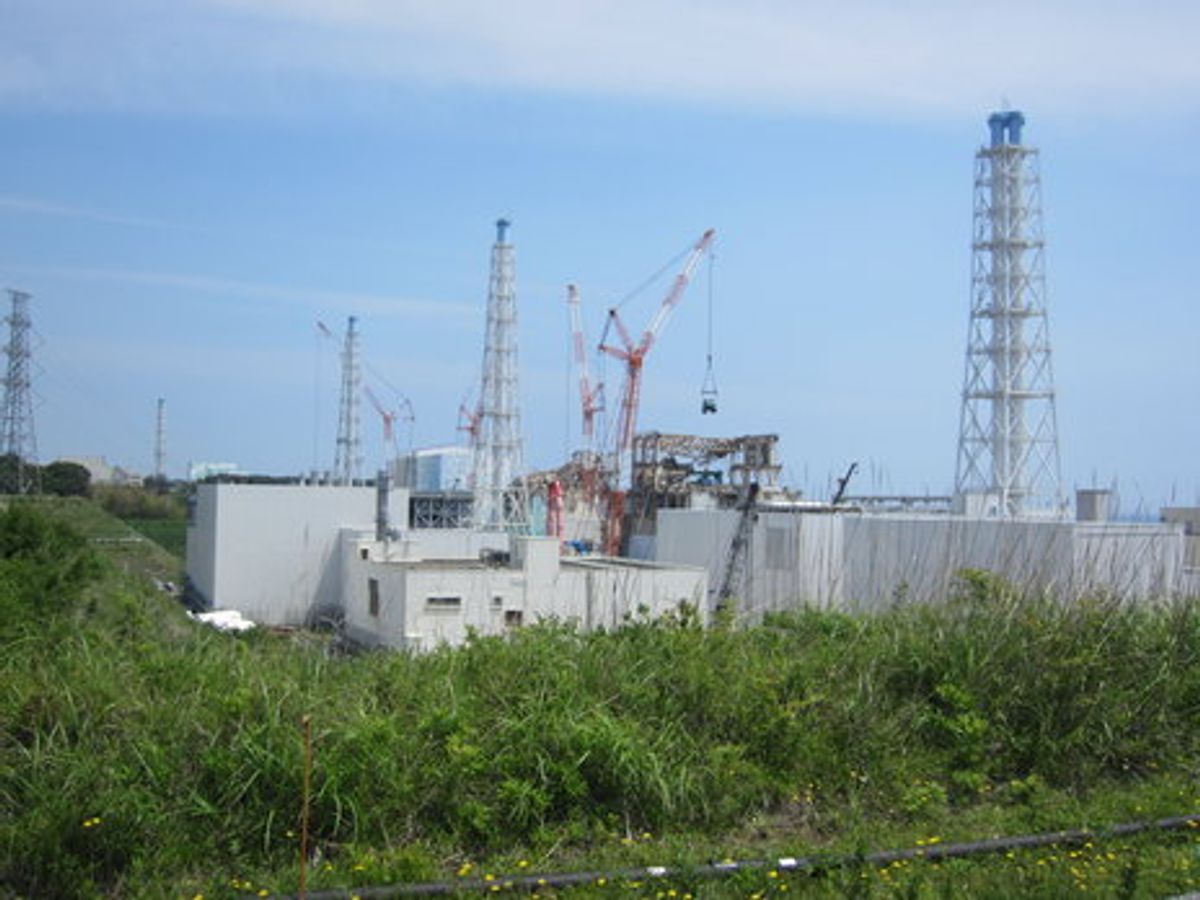More than one year after the devastating nuclear accident began at Japan’s Fukushima Dai-ichi nuclear power plant, we still don’t have an answer to one of the most critical questions: Was the accident triggered entirely by the massive tsunami that hit the plant, as the plant’s owner has insisted, or did the prior 9.0-magnitude earthquake begin the chain of mechanical failures that led to three reactor meltdowns? The latest investigation by a Japanese government panel includes tentative evidence that the earthquake did indeed play a larger role than previously admitted.
After six months of dogged questioning and 900 hours of hearings and interviews with over 1100 people, including a prime minister and cabinet ministers, the independent investigation committee appointed by Japan’s parliament delivered its report last week on the causes of the accident. The report emphasizes “collusion” between the plant operator and government regulators, and characterizes the accident as “man-made.” The tragedy was also “made in Japan,” said the report’s introduction, a direct result of the Japanese “reluctance to question authority.”
The report says the disaster could and should have been foreseen, but wasn’t due to the cozy relationship between the government ministry (METI) that promoted nuclear power, the plant operator Tokyo Electric Power Co. (TEPCO), and the country’s two regulatory agencies: the Nuclear and Industrial Safety Agency (NISA) and the Nuclear Safety Commission (NSC). This unhealthy intimacy made it easy for TEPCO to put off implementing new safety regulations, says the report, that “would have interfered with plant operations and weakened (its) stance in potential lawsuits.”
For example, when NISA set a 2009 deadline to implement new anti-seismic structural reinforcements for Fukushima’s reactor units 1, 2, and 3, TEPCO unilaterally “rescheduled the deadline to January 2016.” Consequently, no reinforcements had been added to the three reactors by the time of the March 11, 2011 accident. The report says that NISA “failed in its oversight of TEPCO’s progress.”
This example of non-compliance and other findings led the panel to believe there is a possibility that the earthquake itself damaged important equipment—long disputed by TEPCO and NISA, which blame the subsequent tsunami. The report’s authors call TEPCO and NISA’s stance an “attempt to avoid responsibility by putting all the blame on the unexpected (the tsunami) … and not on the more foreseeable earthquake.”
Unfortunately, the truth of the matter can’t be determined with certainty until the reactor buildings can be entered and the systems examined—at the moment they’re far too radioactive for close study. However, the report’s authors muster enough evidence to keep the controversy alive. The report notes that the strongest tremors hit the plant after the reactors automatically shut down, and shook the plant for more than 50 seconds. This ground motion “was strong enough to cause damage to some key safety features, because … anti-seismic reinforcement had not been done.”
Though TEPCO and NISA previously concluded that loss of emergency AC power was caused by tsunami flooding, the report found that their conclusion was based on the times when the first waves supposedly hit the plant; in fact, these were the times when the waves were first detected 1.5 km off shore. “This suggests that at least the loss of emergency power supply A at Unit 1 might not have been caused by the flooding.”
The report also notes that there could have been a loss-of-coolant accident in unit 1 due to the earthquake. Water used as the coolant is pumped directly into the core chamber housing the nuclear fuel, where it is heated by the nuclear reactions and turned into high-pressure steam used to drive the turbines that generate electric power. If coolant fails to reach the chamber for whatever reason (faulty pumps, cracks in the piping, or anything else), then the fuel will overheat and a meltdown will ensue.
The panel points out that workers involved with operating unit 1’s isolation condenser (a heat exchanger used to cool the circulating steam from the reactor and to recycle it back into cooling water) said they halted its operation after the earthquake to check whether coolant was leaking from it or connected pipes, because pressure in the reactor was falling rapidly. Japan Nuclear Energy and Safety Organization (a separate safety agency that works with NISA) also reported that a loss-of-coolant accident might have happened following the earthquake.
The report also criticizes how the government, TEPCO, and the regulators managed the crisis; the way evacuation of residents near the plant was mishandled; and ongoing public health issues.
In its recommendations, the panel calls for parliament to monitor the nuclear regulatory bodies and plant operators. It also suggests reforming the country’s crisis management system, which proved so inadequate; reforming the laws governing nuclear energy; and implementing the list of conditions the panel presents for creating a new nuclear regulatory body.
Image: TEPCO




